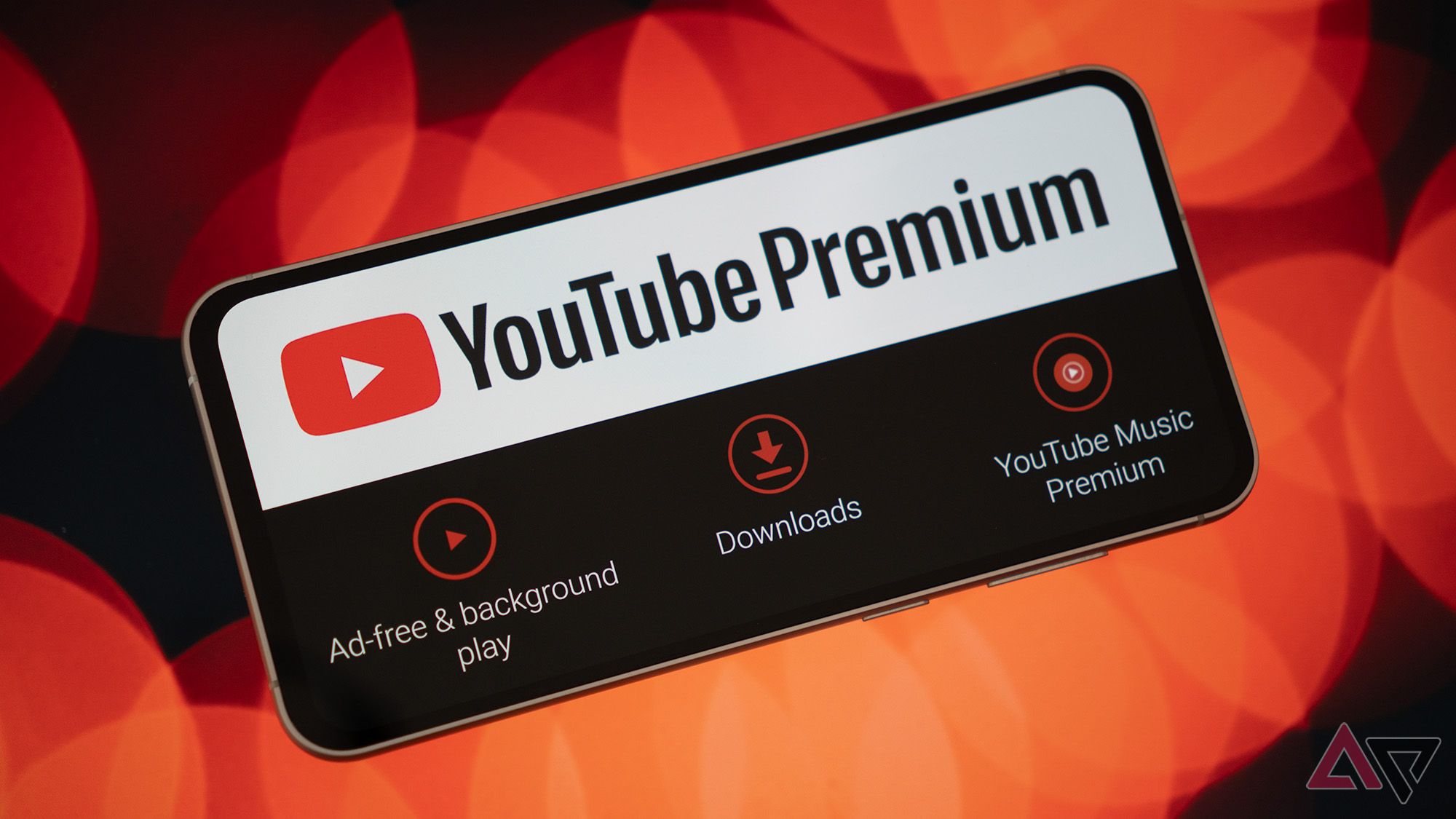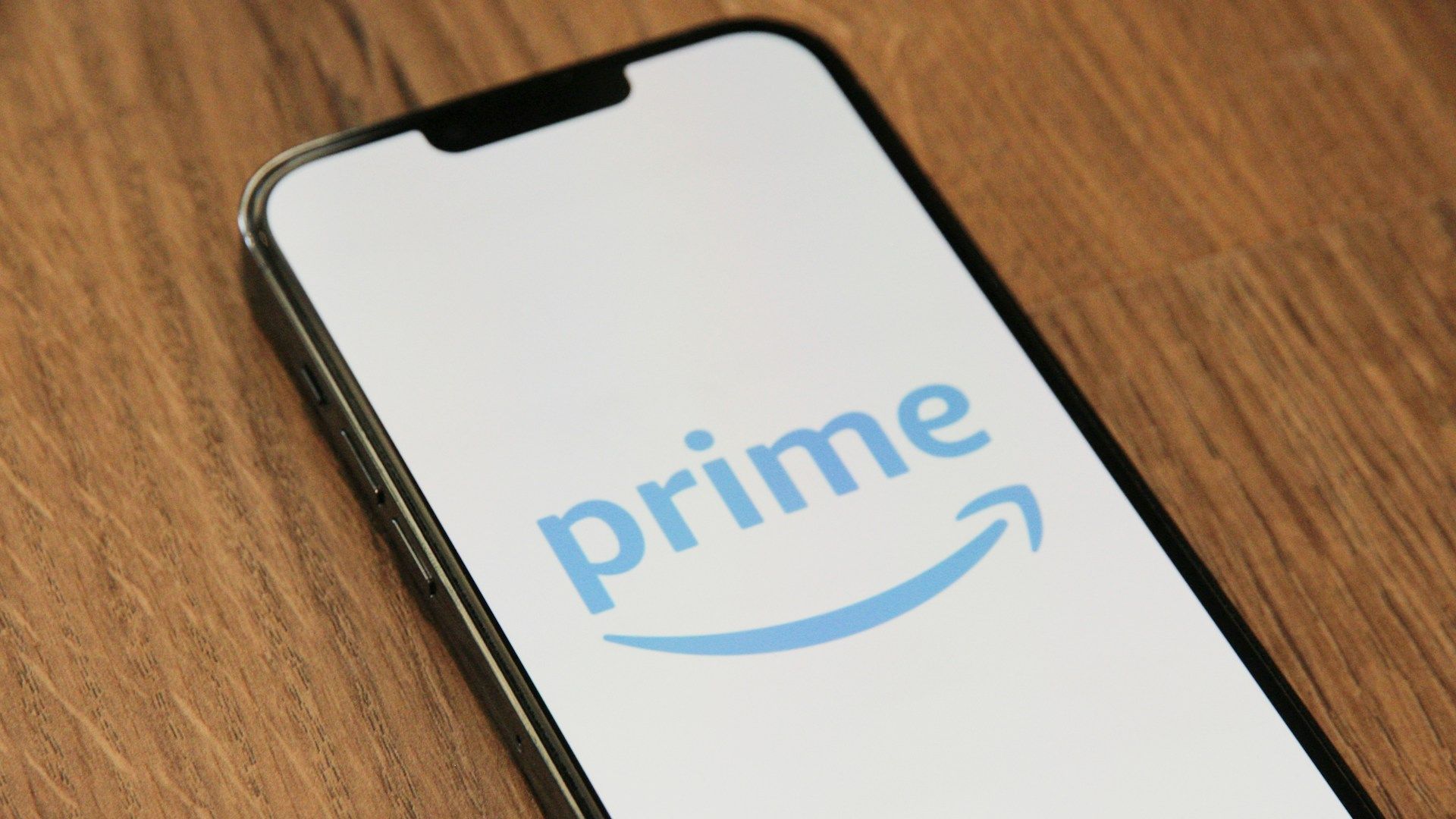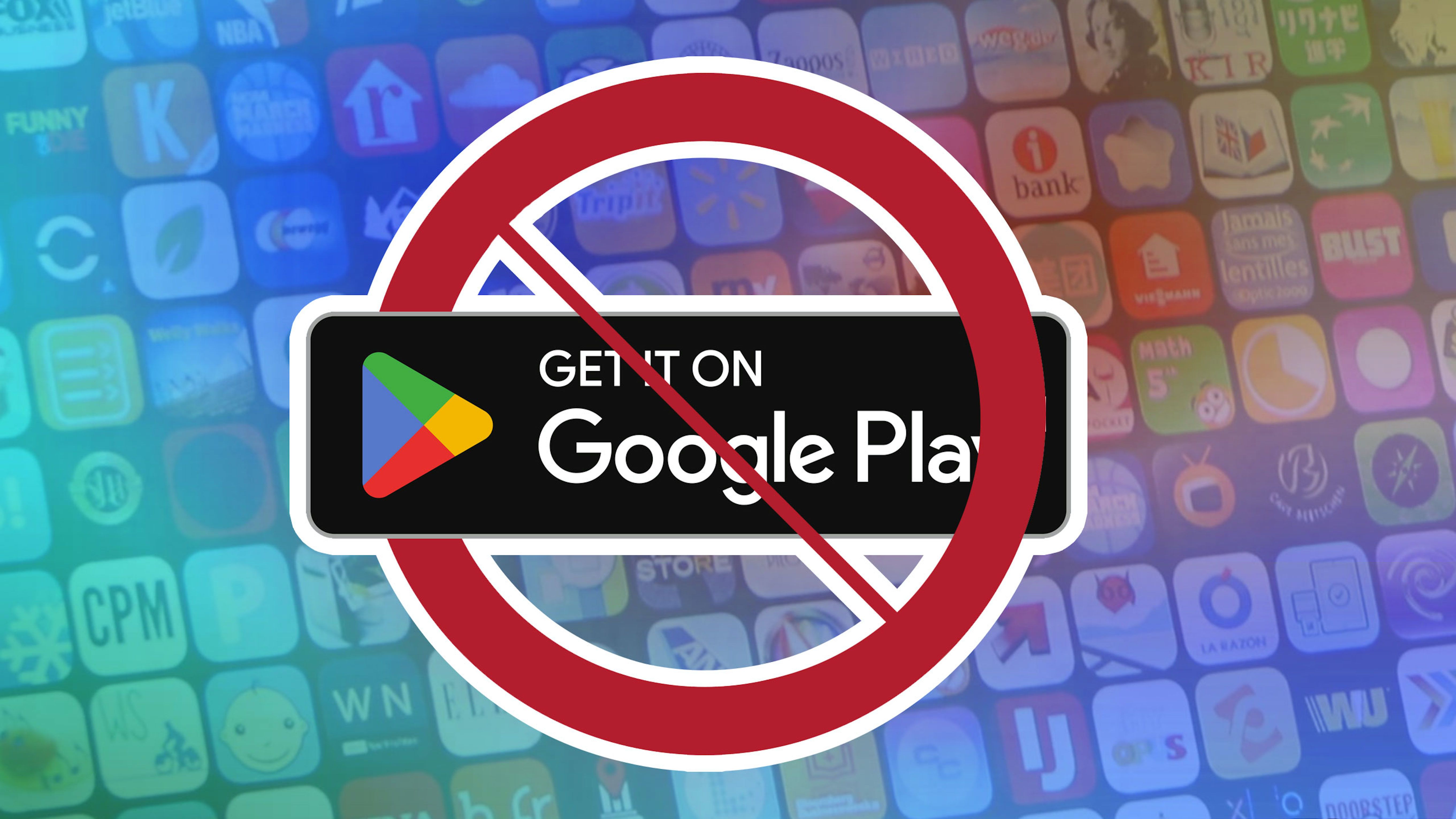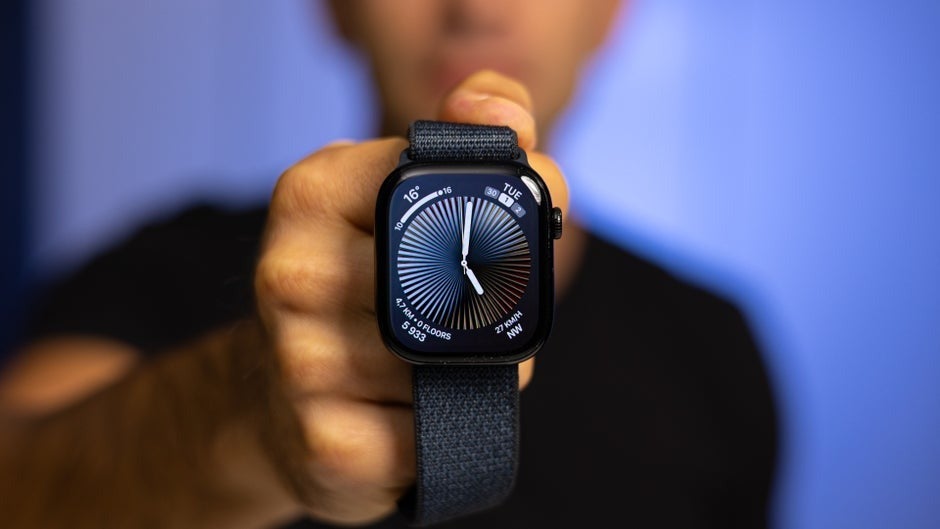Over the years, I’ve noticed more Android apps now require monthly or yearly subscriptions instead of one-time purchases. Developers have started moving towards subscription-based pricing since it ensures a steady income stream. However, the recurring cost of membership has led to subscription fatigue. With nearly every Android phone packed with apps requiring a subscription, I wonder whether this mode is sustainable or just a way to extract more money from users.
Related
8 exciting Android apps you won’t find on the Google Play Store
8 interesting non-Google Play Store apps to try right now
The rise of subscription-based apps
A look at the developer and user perspectives
A subscription-based model makes sense from a developer’s view since it ensures regular revenue. Maintaining an app costs money because it includes offering security patches, timely updates, and server costs. And with increasing competition among apps in the Play Store, it becomes difficult for developers to rely on ad-based revenue since invasive advertisements put users off.
With Google pushing subscription-based apps on the Play Store, it’s no surprise that it also benefits from this model. Since Google takes a 15% to 30% cut of in-app purchases, subscriptions ensure a regular revenue stream.
From the user’s standpoint, subscriptions feel like a cash-grab attempt. Those used to free apps get frustrated as developers push essential features behind a paywall. However, some services like Spotify Premium, Adobe Creative Cloud, and Google One justify their subscriptions by offering value with exclusive features, cloud storage, and regular updates. Still, many apps ask for recurring payments without providing meaningful features. It makes users feel like they are being squeezed dry for the most insignificant services.
How subscription fatigue is setting in
Too many apps, too many fees
Many apps offer premium features for a monthly recurring price, but the cumulative cost of different services can be stressful for consumers. Everyone’s already dealing with essential subscriptions like phone services and the internet on top of regular bills, so paying for app subscriptions feels like a burden. The fear of another monthly fee may deter many users from trying new apps and services.
I have subscriptions for home internet, mobile phone service, Amazon Prime, YouTube Premium, and Spotify Premium. Even though some apps offer cheap membership options, all your app subscriptions can add up to a hefty amount. As membership prices keep rising, I think twice before purchasing another app subscription.
Some people may prefer buying monthly app memberships, while others with limited disposable incomes may not. Additionally, subscription costs depend on which region you’re in. So, what may seem like an affordable monthly fee in the US or countries in Europe may be too expensive in other parts of the world.
How users are affected by the subscription model
Why can’t we own the apps we pay for?
Source: Unsplash
Before subscriptions became the norm, consumers could purchase an app and use it indefinitely. But now, services like note-taking apps, file managers, health trackers, and photo-editing apps have adopted a subscription model. It’s frustrating for casual users who aren’t interested in constant updates. As one-time purchase options dwindle, almost everything gets locked behind unending recurring payments.
Another disadvantage of subscriptions is that consumers never actually own them, unlike traditional software where the app is for keeps. I miss when I could pay for a premium app and use it forever. Nowadays, you must keep making monthly payments to use the service, and you lose all access to premium features when you cancel it.
You’re also at the mercy of the app makers since they can change or remove certain features at the drop of a hat. For instance, Amazon Prime Video and other streaming services are known to drop free titles only to replace them with paid options. I was annoyed when it removed old episodes of House MD right when I was binge-watching it.
Google Play Store’s role in subscription growth
Google keeps pushing subscription-based apps
For developers, subscriptions are a more attractive option when compared to one-time purchases because they ensure a steady monthly revenue. Unsurprisingly, Google also has the same preference since the company can earn more by taking a 15% to 30% cut off in-app purchases. It has also lowered its commission to 15% for recurring payments. At the same time, Google has made it harder for developers to offer alternative payment options, requiring apps to use Google Play Billing for in-app purchases. It prevents developers from offering discounts or alternative pricing models outside Google’s ecosystem.
0:44
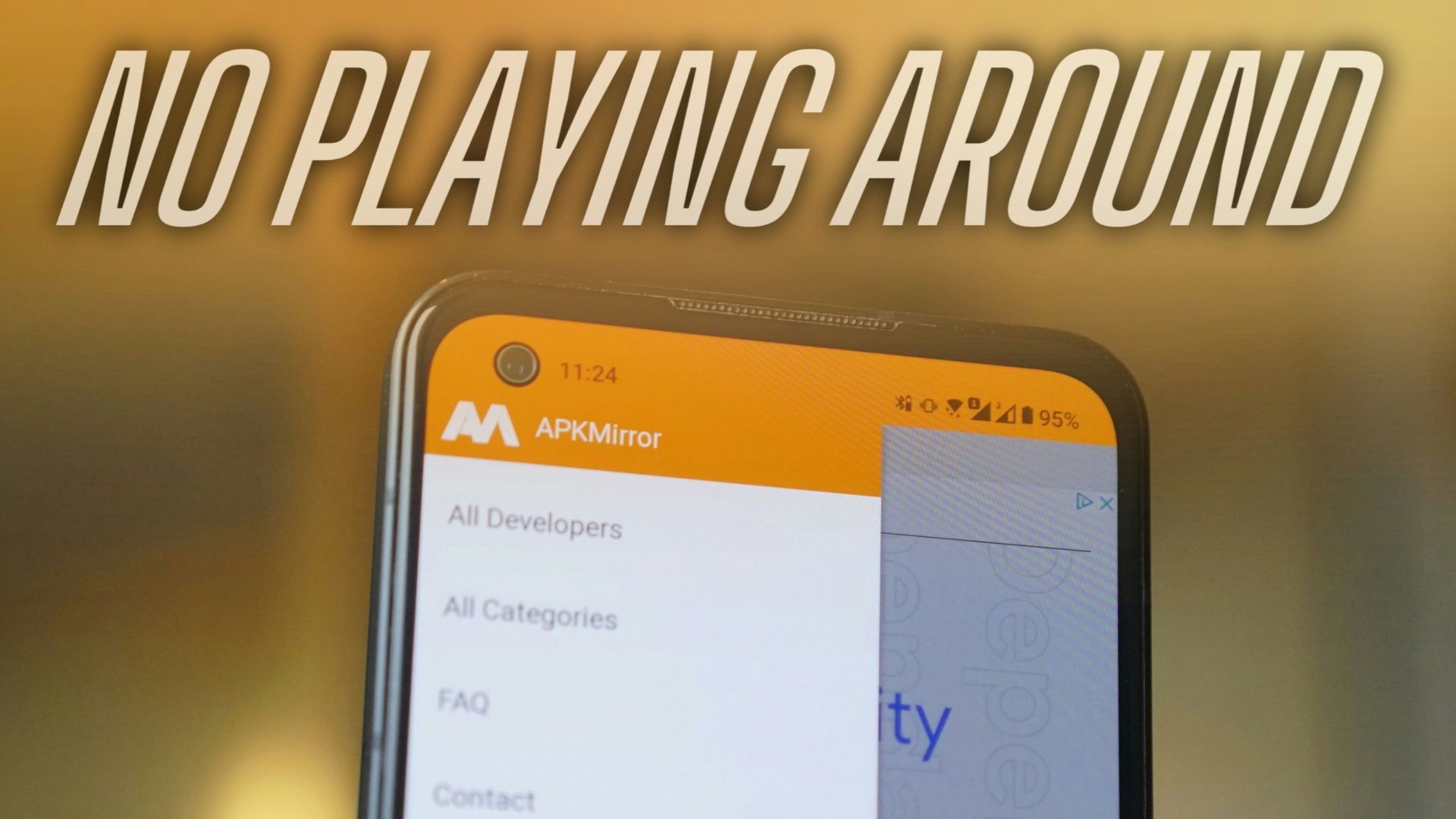
Related
How to download Android apps without the Google Play Store
Who needs Google Play when you have APKMirror?
How the subscription model affects users
All the pros and cons of subscription models
Developers often turn to subscription-based models to ensure a sustainable revenue stream. It encourages updates and innovation, ensuring apps get regular feature upgrades and bug fixes. For example, cloud-based services like Evernote and Google Drive justify recurring fees by offering continuous storage, syncing, and new features.
On the other hand, subscription models lead to higher long-term costs for users compared to one-time purchases. It makes them less accessible to budget-conscious consumers. And those who buy subscriptions have little control over how long they can use premium features.
Some developers take advantage of this model by charging recurring fees for apps that don’t even require constant updates. It leads to subscription fatigue, causing users to avoid such apps due to the overwhelming monthly charges. Another thing that frustrates consumers is random price hikes that make once-affordable services inaccessible.
Google should offer better alternatives to subscriptions
Hybrid pricing models can offer some flexibility
Source: blog.google.com and play.google.com
Many users would prefer one-time payments that offer lifetime access to purchased apps. Even if it may be expensive upfront, it looks like a better alternative to recurring fees that can add up to a large amount over time. Some developers are toying with a hybrid pricing system that allows consumers to choose between a subscription or a one-time purchase. It provides a better balance by giving consumers flexibility while allowing developers to maintain a steady revenue.
Some developers try to circumvent Google’s strict Play Store policies by migrating their apps to alternative app stores such as F-Droid, APKMirror, Amazon App Store, or their websites. It can help lower prices by avoiding Google’s commission fees.
App subscription models should be regulated
Many subscription practices are unfair
Many apps entice consumers with low introductory rates, only to increase prices later. Developers should be more transparent with users about pricing, features, updates, and refund policies.
Some governments monitor app subscription models and Google’s Play Store operations to ensure easier cancelation options, reasonable pricing, and fair competition. For instance, the European Union and South Korea have introduced regulations to prevent monopolization of the app market. These policies aim to establish better refund options and transparency in pricing.
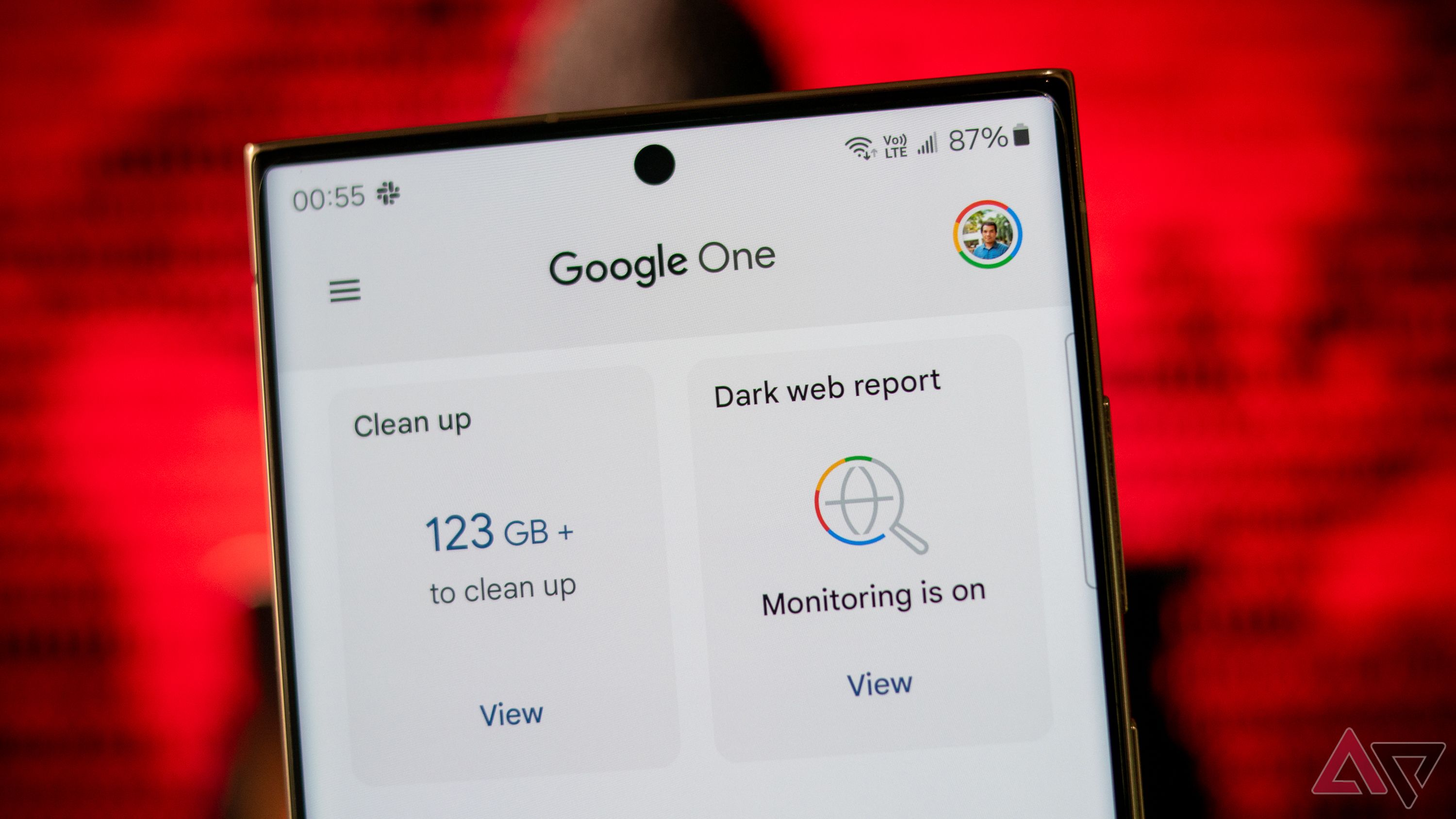
Related
The subscription fatigue is real
Although developers benefit from subscriptions, users aren’t too happy with them. Increasing membership fees and the absence of one-time purchases lead to subscription fatigue among consumers. If the situation doesn’t improve, they may prefer sideloading apps or moving on to alternative app stores. Developers must provide more transparent subscription policies and flexible pricing models so that Android apps remain accessible to everyone.

